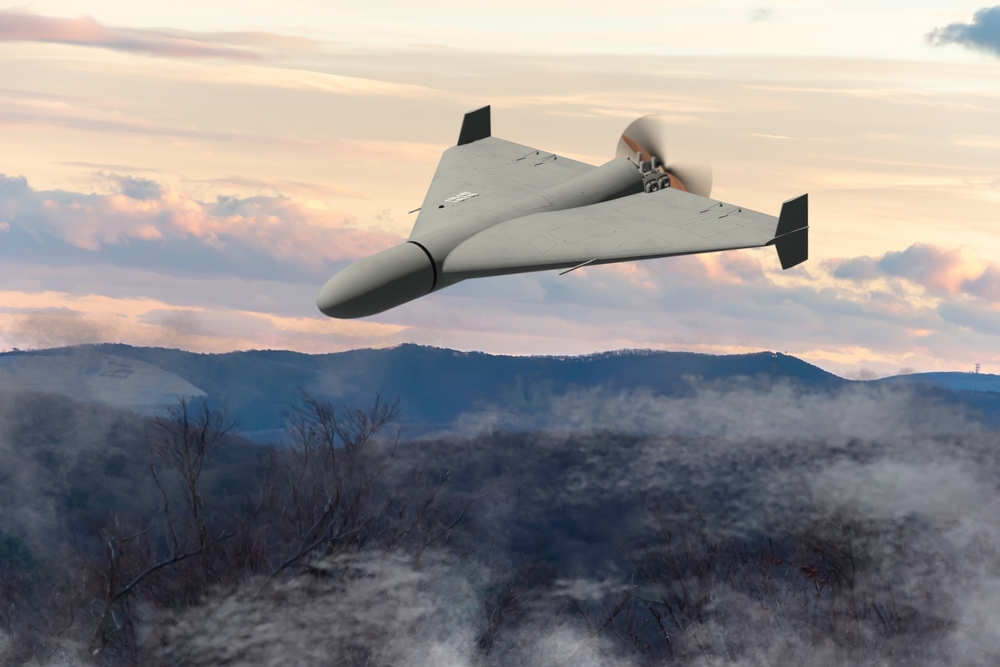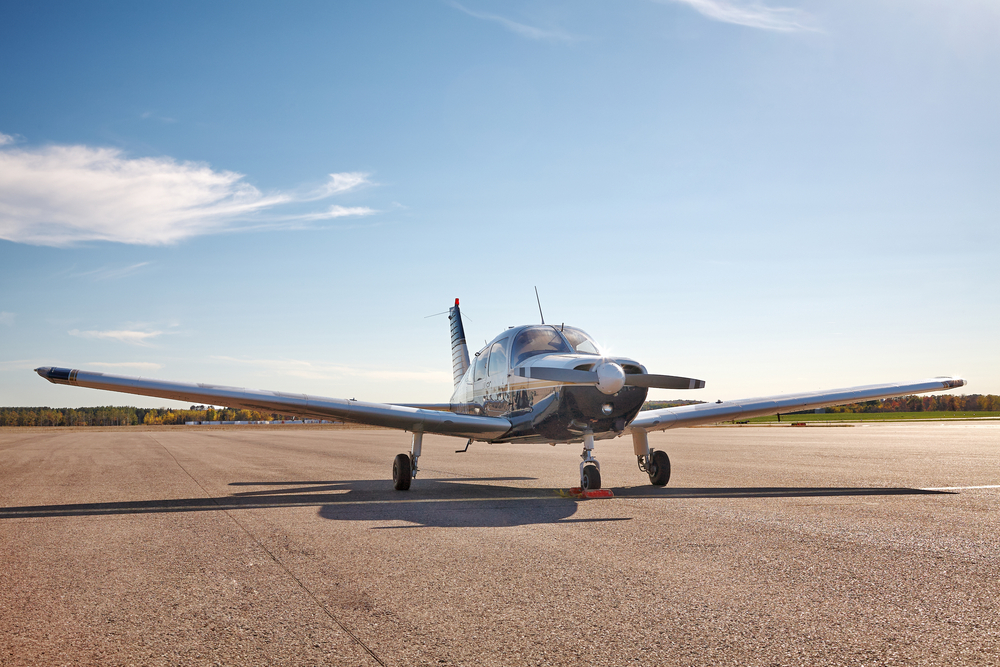Military Drones technology transforms modern warfare with advanced AI, stealth, and precision for surveillance, strikes, and intelligence missions.
Military Drones

Military drones have transformed modern warfare. Unmanned Aerial Vehicles (UAVs), commonly known as drones, offer versatile and effective ways to gather intelligence, conduct surveillance, and carry out precise strikes.
History and Development
The concept of unmanned aircraft can be traced back to the early 20th century. During World War I, military forces experimented with pilotless aircraft for various purposes. However, these early versions were primitive and lacked the capabilities of modern drones.
Significant advancements occurred after World War II. The U.S. military developed drones for reconnaissance during the Cold War. These early drones, like the Ryan Firebee, provided valuable intelligence without risking pilot lives.
Types of Military Drones
Reconnaissance Drones
Reconnaissance drones gather intelligence data from the battlefield. They are equipped with high-resolution cameras and sensors to capture images and videos. Popular models include the RQ-4 Global Hawk and the MQ-1 Predator.
Combat Drones
Also known as armed drones, these are equipped with weapons for offensive operations. They can carry missiles and bombs to strike enemy targets. The MQ-9 Reaper is a notable example known for its precision and firepower.
Surveillance Drones
Surveillance drones monitor and collect data over extended periods. They are used for border patrol, maritime monitoring, and area surveillance. The ScanEagle and Heron are widely used models in this category.
Electronic Warfare Drones
These specialize in disrupting enemy communications and radar systems. They can jam signals, conduct cyber attacks, and gather electronic intelligence. The EA-18G Growler, although a manned aircraft, features drone-like capabilities in electronic warfare.
Technological Features
Autonomy and AI
Modern drones incorporate artificial intelligence to enhance their autonomy. They can follow pre-programmed routes, identify targets, and even make real-time decisions. This reduces the need for human intervention.
Communication Systems
Effective communication is crucial. Drones use satellite links and data encryption to communicate with control centers. This ensures secure and reliable data transmission.
Stealth Capabilities
Stealth technology enables drones to operate undetected. Features like radar-absorbent materials, low heat signatures, and quiet engines reduce their visibility. The RQ-170 Sentinel is a prime example of stealth drone design.
Payload Options
Drones can carry various payloads based on mission requirements. These include cameras, sensors, weapons, and electronic equipment. Modular designs allow for quick payload swaps, increasing mission versatility.
Applications in Modern Warfare
Intelligence Gathering
Drones provide real-time intelligence on enemy movements and positions. This informs tactical decisions and improves battlefield awareness. UAVs like the Global Hawk offer near-continuous coverage of large areas.
Targeted Strikes
Armed drones conduct precise strikes on high-value targets. This minimizes collateral damage and reduces risks to ground forces. The use of MQ-9 Reapers in counter-terrorism operations exemplifies this capability.
Surveillance and Reconnaissance
Drones conduct surveillance over hostile or inaccessible regions. They provide vital information on enemy strength and fortifications. This supports strategic planning and operational efficiency.
Logistics and Supply
Drones can deliver supplies to units in remote or dangerous locations. This ensures that troops have the necessary resources without exposing logistics personnel to risk.
Search and Rescue
Drones assist in search and rescue operations. They can locate and identify survivors in disaster zones or conflict areas. Infrared sensors and other advanced technologies enhance their effectiveness.
Ethical and Legal Considerations
Collateral Damage
The risk of civilian casualties remains a critical concern. Precision targeting aims to minimize this, but mistakes can happen. The ethical implications of such incidents are widely debated.
Privacy Issues
Surveillance drones raise questions about privacy. The ability to monitor large areas and identify individuals can lead to the misuse of data. Regulatory frameworks are needed to address these concerns.
Autonomous Weapons
The development of fully autonomous drones poses ethical challenges. The decision to use lethal force without human oversight is a controversial and complex issue. International laws and treaties may need to evolve to address this.
Accountability
Determining accountability for drone strikes is complicated. The remote operation of drones can blur the lines of responsibility. Clear guidelines and oversight are necessary to ensure accountability.
Future Trends
Enhanced Autonomy
Future drones will possess greater autonomy through advances in AI. This allows for more complex missions and improved decision-making capabilities.
Swarming Technology
Swarming technology enables multiple drones to operate in coordinated groups. This increases their effectiveness and ability to overwhelm defenses.
Miniaturization
Smaller, more agile drones will emerge. These can operate in confined spaces and are harder to detect. Their uses will range from surveillance to precision strikes.
Improved Stealth
Stealth technologies will continue to advance. Future drones will be even harder to detect, improving their effectiveness in hostile environments.
Military drones have become indispensable. Their applications in intelligence gathering, targeted strikes, and logistical support make them valuable assets. Ethical and legal challenges persist, but technological advancements continue to shape their future role in warfare.
